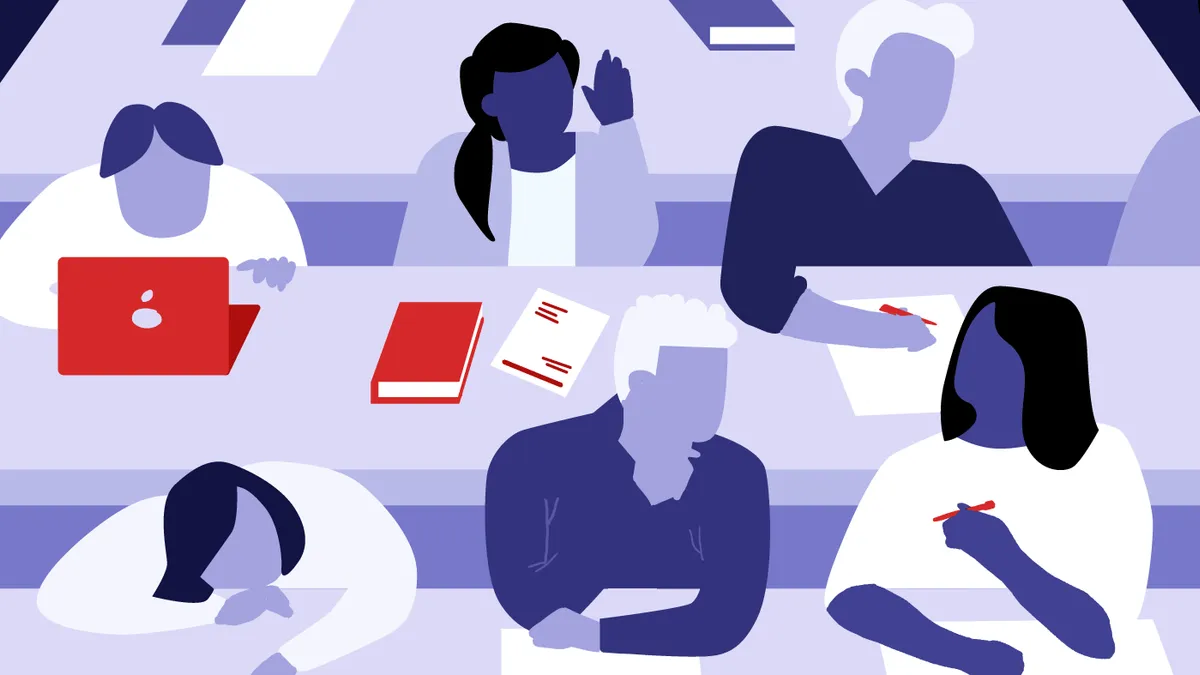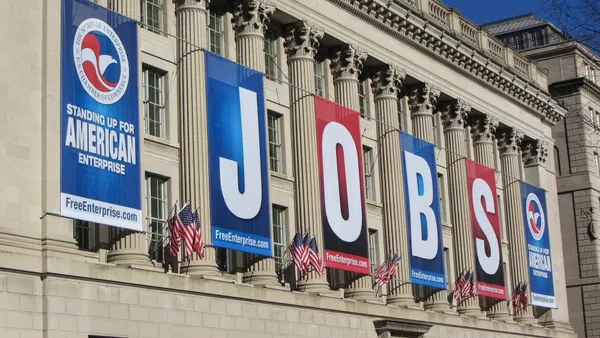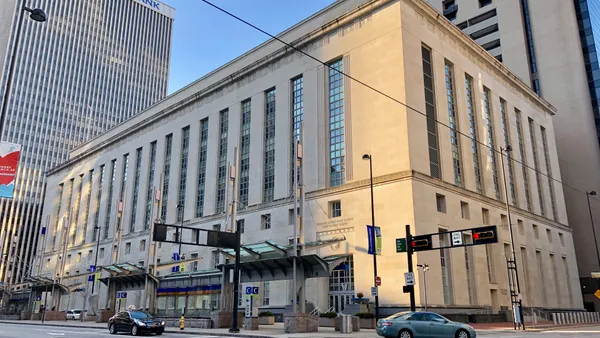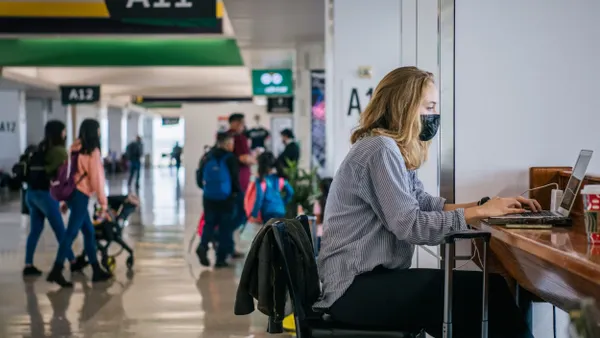After a workplace accident, it's often very easy to see where things went wrong. After all, hindsight is 20/20. But what if we could have that same clarity before an accident occurred? What if we could help employees better anticipate safety problems by developing critical observation skills in any job or industry?
Most companies have safety policies, but those are commonly reactive as opposed to preventative. Additionally, even preventative policies can't always cover every action that employees should or should not do. There are just too many variables in human behavior to list.
Fortunately, critical observation can augment safety procedures.
What Is Critical Observation?
Critical observation is the ability to notice subtle details that allow us to maneuver situations more tactfully. It's different from critical thinking, which involves analyzing facts and information to reach a decision or conclusion. In contrast, it entails reading a person, process or situation to get new information. A person skilled at critical observation will often notice things other people do not.
Most of us have used critical observation in some form. If you've ever driven down the highway and just knew that the driver in the next lane was going to veer into your lane without notice — which ensured you were ready to tap on your brake when it happened — you most likely recognized something in the driver's behavior that allowed you to prepare for the unpredictable. We allude to this skill all the time when we say phrases like, "I could have seen that coming a mile away."
The Two Types of Critical Observation Skills
Critical observation is one of the most important soft skills a person can have, and it can be categorized into two primary types:
- Observation of people
- Observation of processes
People skilled in observing other people are often described as having a high emotional intelligence (EQ). They listen carefully to what people say and how they say it, notice what isn't said and pay attention to body language. Those skilled in observing processes catch mistakes early, are naturally curious and have a knack for asking questions to learn what they don't know.
It's possible to be good at either or both types of critical observation, but even those who may not be strong in either area can develop the necessary skills. Employers should support and encourage such development in employees as critical observation skills, especially when it comes to processes, can greatly increase employee safety.
How Critical Observation Skills Improve Safety
Employees who have developed keen critical observation skills pay attention to their surroundings, ask questions and seek solutions. For example, a warehouse worker may notice a ladder is wobbling as a co-worker is climbing and steady it. Or a restaurant worker may be the first to notice that a child is choking and provide help. Or an employee may see an unattended backpack on the company premises and notify security.
While it may seem like simple "see something, say something" actions, developing the habit and skill of noticing that something is out of place and performing the proper actions takes practice and intention.
Training to Help With the Critical Observation of Processes
Employees can learn to be more critically observant by actively trying to notice when something is unusual or out of order and being curious to find out more.
For example, the wobbly ladder: Why is it wobbling? Does it always wobble when being climbed? Who do I tell about the issue?
Once employees develop critical observation skills, the next step is to take the appropriate action when they see an irregularity. This means employees must feel comfortable and supported when they step up to point out a problem and have the latitude to create a solution.
Suppose the ladder is wobbly because of its positioning. In that case, the warehouse worker can suggest a new process for safer positioning or recommend two people for the task, with one anchoring the ladder.
As employees improve their critical observation abilities, they can see something before it goes wrong. HSI offers training to help companies develop critical observation and other safety and soft skills in their employees and managers, as well as an intuitive online platform that makes it easy for employees to report observations as soon as they occur. As a result, employers receive immediate notifications, so they can quickly assess risk and address issues.
When employees actively create a healthy work environment and employers commit to workers' wellbeing, organizations build a culture of safety and engagement.










